Investors Have The Volatility Flu
Many investors, still nauseated from the 2008 – 2011 stock market roller coaster ride, have developed a low tolerance for volatility. As a result they have moved a significant portion of their investments into bonds or other fixed yield vehicles. What many investors may not realize is that wholesale switches from one asset class to another in order to avoid volatility actually increases it. Secondly, for investors with a long-term perspective on their investments, volatility is actually a good thing, as it is the primary driver behind the sustained market gains over the last century.
Percentage of U.S. Adults Invested In Stocks - Directly or Indirectly
Unquestionably the stock market has experienced some fairly severe volatility in recent years. But a more thorough review of the historical record provides a clearer perspective on market volatility over the decades that actually favor investors who manage to hang on even in the worst of market declines.
“...volatility is simply a necessary phenomenon of a free market of buyer and sellers.”
Since World War II, the stock market has experienced, on average, an intra-year decline of 14% each and every year; and in that same period, the market ended lower, on average, by 18% every third year. And bear markets, with an average decline of nearly 30%, have occurred every fifth year. Yet, over that same span of nearly seven decades, stock market values have grown 100-fold, which means that, $10,000 invested in the stock market 70 years ago would have grown to $1,000,000 despite the periodic declines.
The very profound and highly instructive take away from this is that market declines have been nothing more than momentary interruptions in the enduring market advance. Hence, volatility is simply a necessary phenomenon of a free market of buyers and sellers. On the other hand, market risk – the risk of incurring losses as stock prices fall – is normally human induced. The only way investors actually lose money is when they sell their stocks when they’re down.
Those who are suddenly spooked into bailing out of the market after it has already fallen 10 or 15 percent, will always lose money. Yet, history shows that the stock market rewards investors who can bear the volatility of stocks and avoid the harmful behavioral traps through various periods of performance. So, the real risk to long term investors isn’t being in the next 20 percent market decline, its being left out of the next 100 percent market increase.
Vaccinate Yourself with Dividend Stocks
Portfolios lined with dividend stocks are usually better positioned to endure market downturns, making it easier to ride out the storm. To begin with, dividend stocks pay current income, which can provide a cushion in market declines. Also, history has shown that dividend stocks are generally less volatile and can perform better than growth stocks in bear markets. During the market nose-dive in 2008, the S&P 500 index plunged 37%, while large company dividend stocks, as measured by the S&P 500 Dividend Aristocrat index, fell just 22%.
Furthermore, what many investors do not realize is that when a dividend paying stock has a price decrease, its current yield increases. Thus, when the price is down, higher yields can be captured by purchasing additional shares. As a firm, we do this for our clients either through cash-flow reinvestment or re-balancing.
EX: AT&T- PRICE TO YIELD HISTORY - BUY WHEN YIELDS ARE UP
Source: YCharts, Inc.
Of course, however, with dividend stocks, investors need to apply the same due diligence they would use to purchase any stock, and be careful not to focus strictly on the dividend yield, which can be especially alluring after the price of the stock has fallen. It is very important to know why the stock price fell, and whether there may be the possibility of a dividend adjustment. However, in many cases, one can add to these companies when their price is low - thereby locking in a higher yield.
One of the most important factors to consider is the company’s debt-to-equity ratio, which, if it's too high, could put pressure on the dividend during a down economy. Dividend payers which have no trouble generating excess cash flow, in any economic environment, can usually be relied upon to pay their debt and their dividend.
Investing in dividend stocks can not only increase your tolerance for volatile markets, but can become a lasting source of retirement income, regardless of the movement of stock prices and interest rates. - J. Loyd

